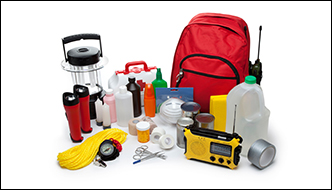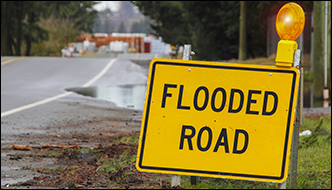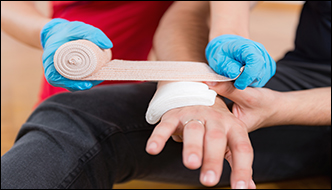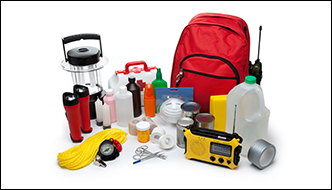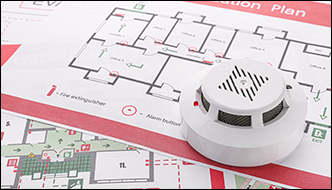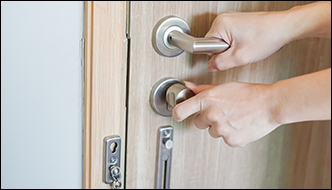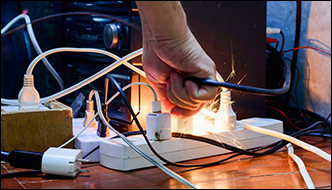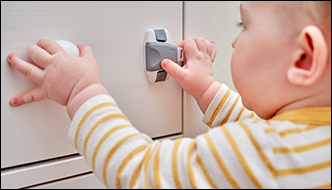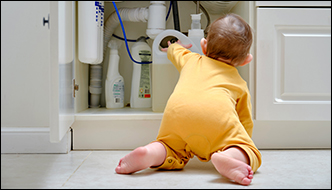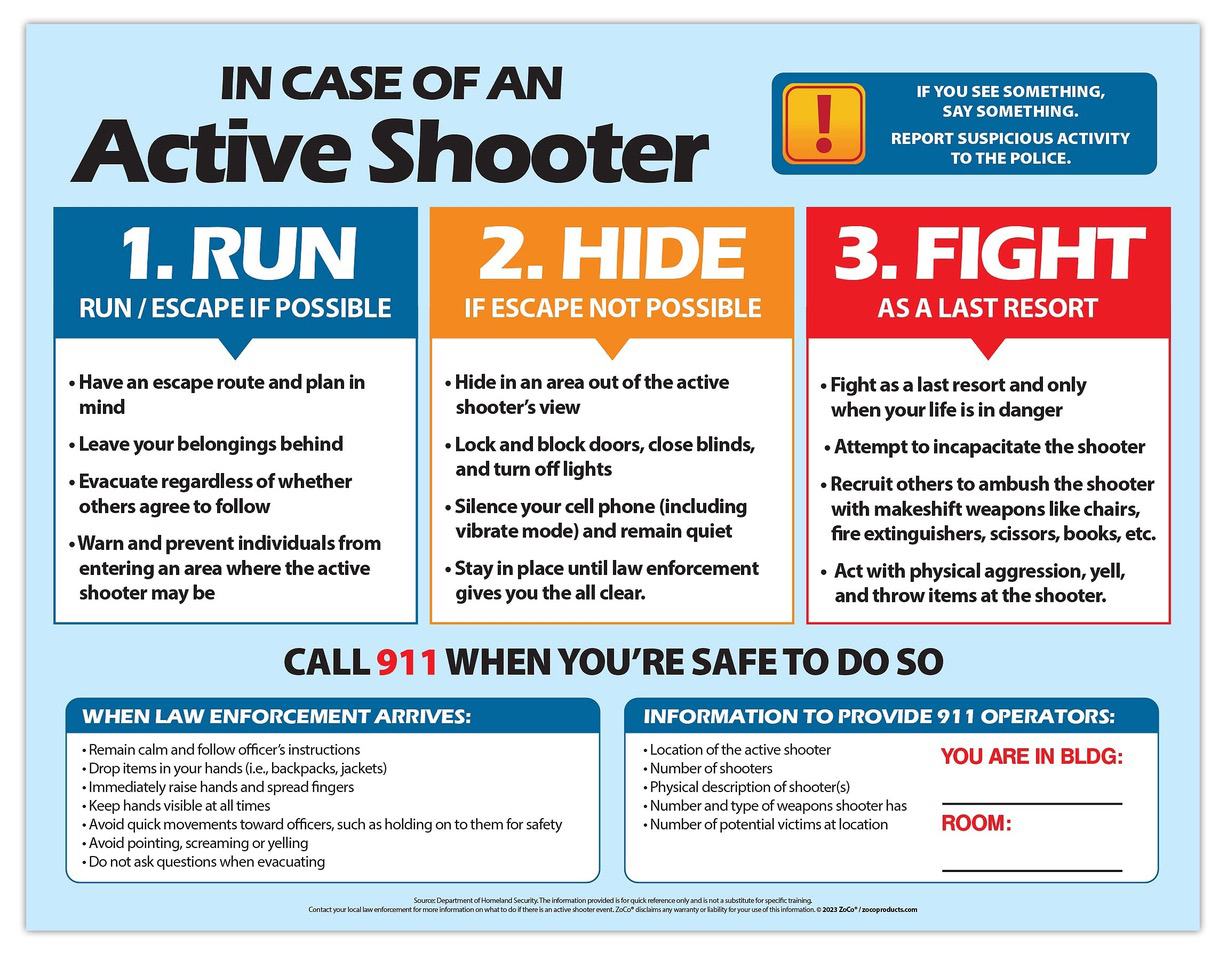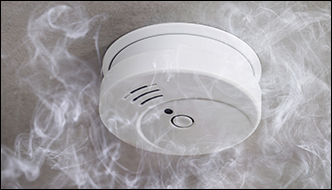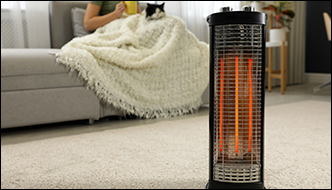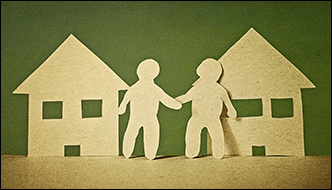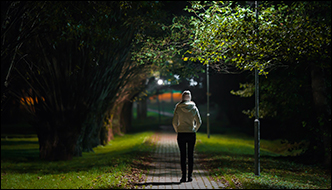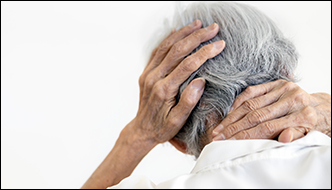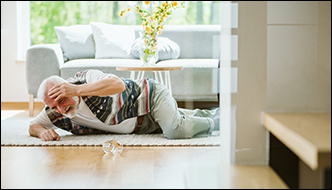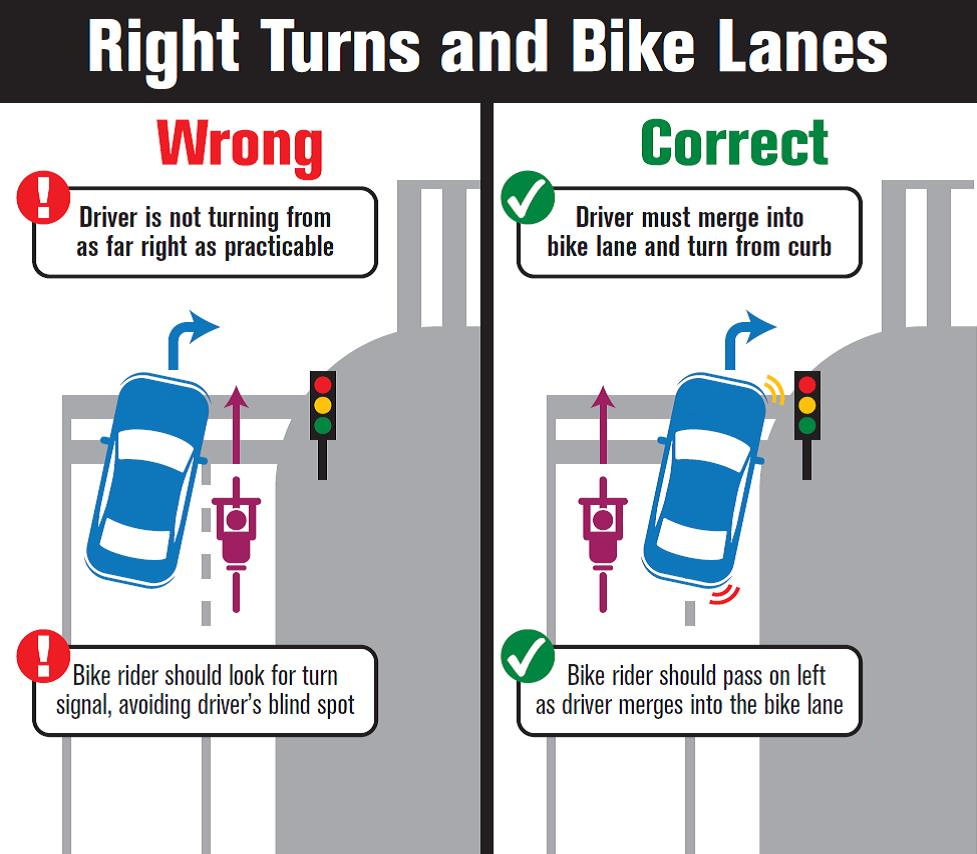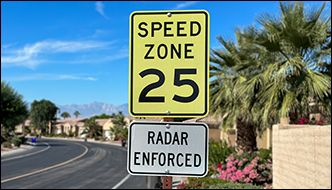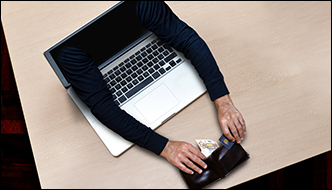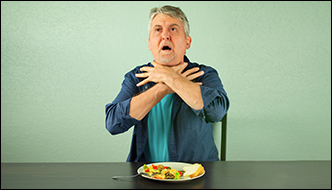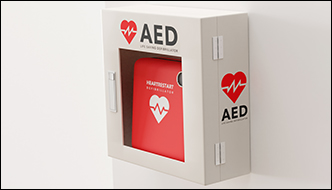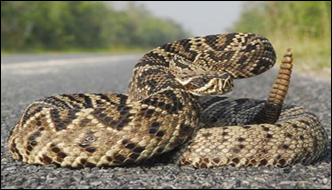
Encountering a rattlesnake can be a dangerous situation, but staying calm and following these guidelines can help keep you safe:
- Stay Calm: If you come across a rattlesnake, avoid sudden movements. Back away slowly and give the snake space to retreat.
- Do Not Approach: Do not try to handle, provoke, or get closer to the snake. Keep a safe distance between you and the snake.
- Identify Venomous Snakes: It’s crucial to know how to identify venomous snakes, especially in regions where they are common. Rattlesnakes have triangular-shaped heads, vertical pupils, and a distinctive rattling sound at the end of their tails.
- Seek Medical Help: If you are bitten by a rattlesnake, seek medical attention immediately. Call emergency services or head to the nearest hospital. Do not attempt to treat the bite yourself.
- First Aid: While waiting for medical help, keep the affected limb immobilized and at heart level. Remove any tight clothing or jewelry near the bite as swelling may occur. Do not apply ice, apply a tourniquet, or attempt to suck out the venom.
- Do Not Panic: Remain as calm and still as possible to slow the spread of venom in your body. Panic can increase your heart rate and potentially spread the venom more rapidly.
- Note the Snake’s Appearance: If it’s safe to do so, try to remember the size, coloration, and other distinguishing features of the snake to help medical professionals determine the most appropriate treatment.
Prevention is key when dealing with rattlesnakes. Stay vigilant when hiking or working in areas where they may be present, wear appropriate protective clothing like sturdy boots, and always be aware of your surroundings.

